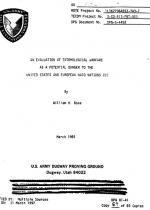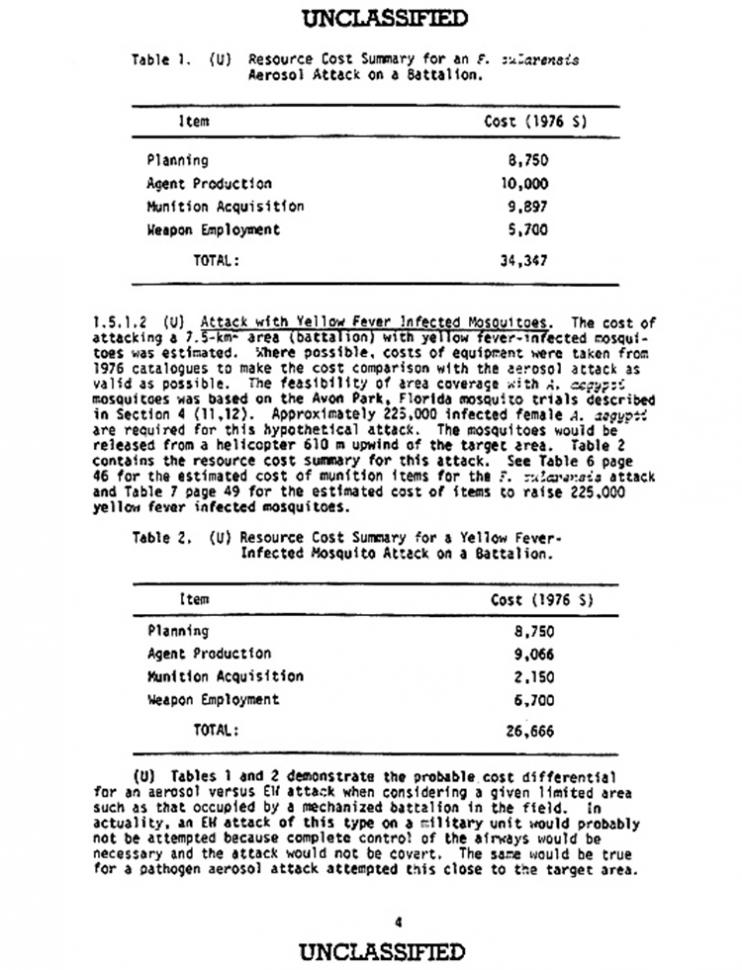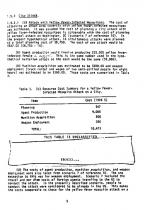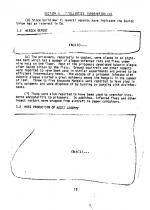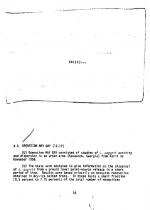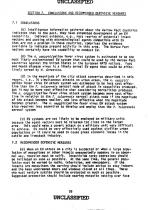Army Researched Weaponizing Of Mosquitoes
U.S. once worried about "entomological warfare"

View Document
MARCH 10--Since the Zika virus has been declared an international public health emergency by the World Health Organization, we’re revisiting a U.S. Army report detailing the military’s interest in the weaponization of mosquitoes.
So let the conspiracy theories fly.
The March 1981 report on “entomological warfare” was prepared following research at the Dugway Proving Ground, the sprawling Utah facility where the Army tests biological and chemical weapons systems.
The report examined the methods by which U.S. military members and civilians could come under attack by mosquitoes infected with yellow fever. The report notes that, according to U.S. intelligence information, Warsaw Pact nations “have attempted development of an EW capability.”
Along with cost estimates for possible EW attacks--which seem remarkably affordable and cost effective--the report estimated that upwards of 40 percent of those bitten by infected mosquitoes would die.
The Army report also summarizes prior U.S. research into the possible battlefield use of fleas and mosquitoes (which are referred to as “arthropod vectors”).
![]()
“Operation Big Itch” revealed that fleas could be dropped in munitions from airplanes with “little or no die-off.” The insects, researchers found, “were successful in acquiring hosts but were not active longer than 24 hours.”
In “Operation Big Buzz,” the Army placed more than 300,000 uninfected mosquitoes in munitions that were dropped from military aircraft. The mosquitoes, dropped “without mortality,” were “dispersed by the wind and their own flight.”
The female mosquitoes were “active in seeking blood meals from humans and guinea pigs,” according to the report, which notes that some mosquitoes were collected as far as 4/10 of a mile from the “target release site.”
The Army report also contains a section on “Operation Drop Kick,” but the description of that program is redacted in its entirety.
In case of an EW attack on an American city, the report recommends that citizens should be warned to remain indoors. For those who “must venture outside,” they are advised to wear “mosquito netting over face and neck” and use mosquito repellant. (10 pages)

